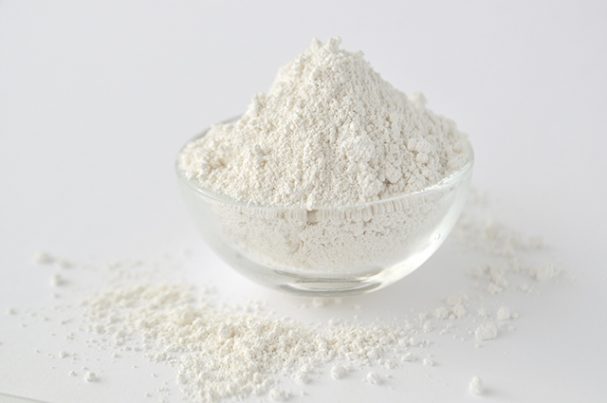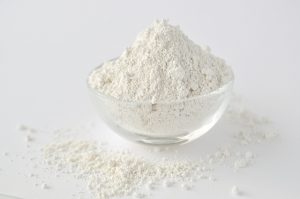
Distarch phosphate sources, health risks
Wednesday, October 25, 2017 by Jhoanna Robinson
http://www.naturalpedia.com/distarch-phosphate-sources-health-risks.html

Used as an emulsifier, stabilizer, and thickener, distarch phosphate is a mainstay as batter for puddings, custards, dried foods, frozen foods, infant foods and follow-on products, instant beverages, mayonnaise, pies and fillings, salad dressings, sauces, and weaning foods for infants.
Distarch phosphate is also used in the manufacture of unripened cheese, breakfast oats, coffee, coffee substitutes, confectionary, dried or heat-coagulated eggs, drinking yogurt, fat-based desserts, flavored milk, fermented milk, hot cereal, pre-cooked pastas and noodles, semi-preserved or frozen fish and some seafood, starch-based desserts such as tapioca, tea, whey products, and whipped creams.
Distarch phosphate comes about via the esterification – or the conversion of carboxylic acids to esters using acid and alcohols – of starch with sodium trimetaphosphate or phosphorus oxychloride, resulting in a white or almost white powder, or flakes, or granules.
Distarch phosphate is stable against heat and can be used as a binder in pills. This ingredient is not recommended for inclusion in infant formulas; however, it can act as a dietary fiber in the human intestine. It contains one to two calories per gram and has a net carbohydrate content of less than 50 percent.
Distarch phosphate has an “Acceptable Daily Intake (ADI) Not Specified” status from the Joint Food and Agriculture Organization of the United Nations (FAO)/World Health Organization (WHO) Expert Committee on Food Additives (JECFA).
It also has a “Generally Recognized As Safe” label from the United States Food and Drugs Authority, and has been approved for use in Australia and New Zealand, and in member-countries of the European Union. It is known for its alternative names such as KPF 3, ONL 900, phosphate cross-linked starch, and Staragel 90, and has the chemical abstracts service (CAS) registry number 55963-33-2.

Harmful effects that can be caused by distarch phosphate
Distarch phosphate can give rise to abdominal bloating and flatulence.
Body systems harmed by distarch phosphate
At present, medical literature has yet to fully identify which body systems distarch phosphate would be most detrimental to.
Where to learn more
Summary
Distarch phosphate is stable against heat and can be used as a binder in pills.
Distarch phosphate can give rise to abdominal bloating and flatulence.
At present, medical literature has yet to fully identify which body systems distarch phosphate would be most detrimental to.
Sources include:
Tagged Under: Tags: distarch phosphate





